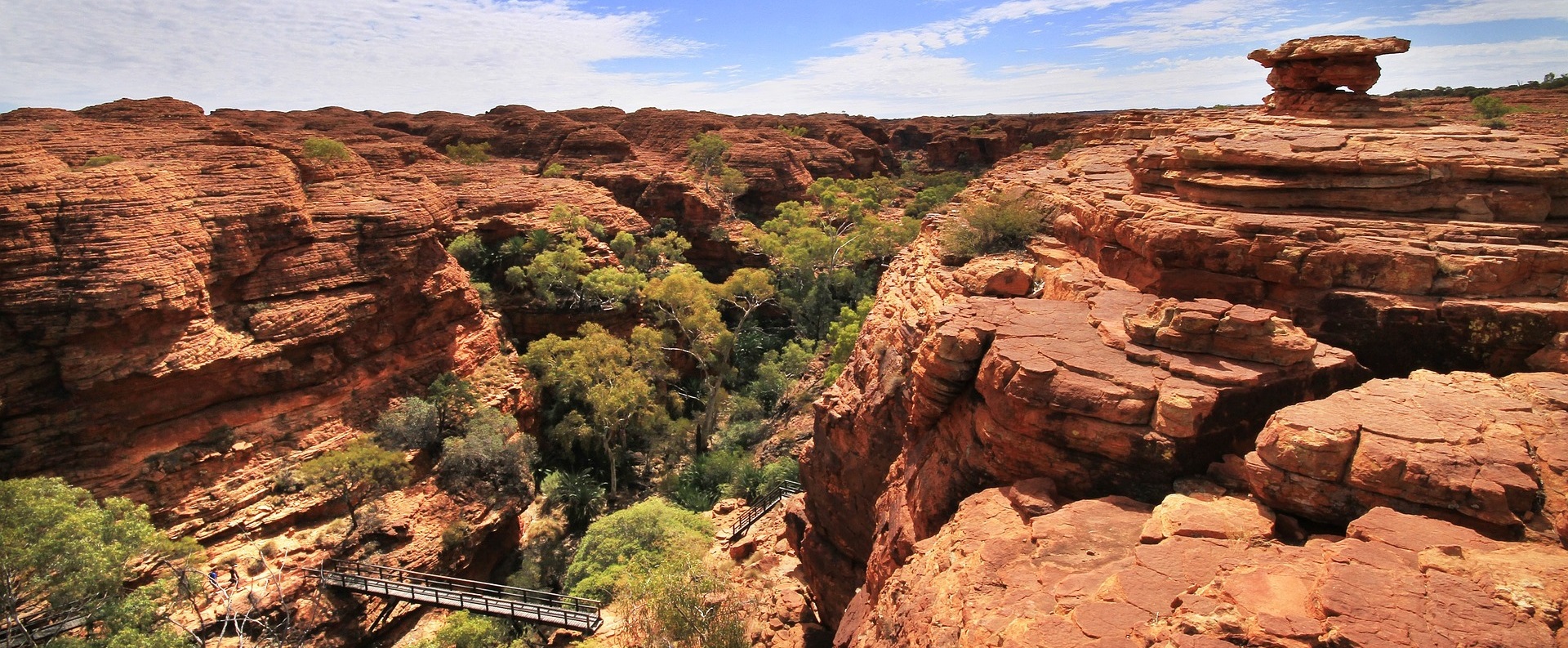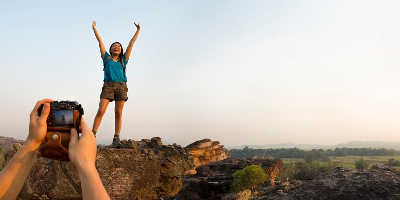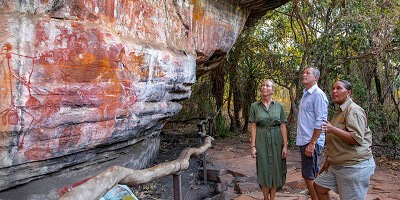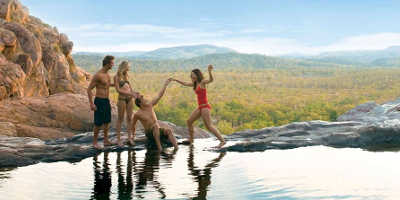
Kakadu’s World Heritage Listing
Written by: Cameron Ward
Published: 11/01/2019
Reading time: 3 mins
Kakadu National Park has a place on the UNESCO World Heritage List but what exactly does this mean?
What is UNESCO and the World Heritage List?
UNESCO is the United Nations Educational, Scientific and Cultural Organization. While the organisation undertakes a host of responsibilities and projects, one of their most recognised is the World Heritage List. The list was developed to secure and preserve the worlds cultural and natural heritage sites. Sites must meet a selection criterion detailing their outstanding value to humanity. There are currently 1121 sites on the list, consisting of 869 cultural sites and 213 natural sites. Australia has 20 listed sites, scattered across the country. They include the Great Barrier Reef, Sydney Opera House, Lord Howe Island, and of course Kakadu National Park!
Kakadu’s listing
There are just four dual listings in Australia and Kakadu is one of them. This means the area holds both natural and cultural significance.
The park is an exceptional example of environmental landscapes and land that cultivates an abundance of flora and fauna. Additionally, the park has continuously been home to Indigenous peoples for over 50,000 years. Plus many of the rock artworks date back even before this. These rock paintings provide a window back thousands of years to the lifestyle of the parks first peoples. Paintings detail the hunting, gathering and cultivating practices, social structures, and ceremonies of Indigenous society.
Additionally, Kakadu is home to seven distinct landscapes. They all work together in a complex ecosystem that has fostered incredibly diverse native flora and fauna. The large floodplains serve as examples of changing landscapes. Sea levels rise and fall year round. And the meeting of four major river systems within the park has provided humans and animals with water sources that cultivate life.
Kakadu National Park has been relatively unimpaired by European settlement, unlike the rest of the Australian continent. With such little impact, the park provides a rare opportunity to understand evolutionary processes of native species in the region. The wetlands have an abundance of freshwater year-round. They provide critical salvation not only for local birds but also migratory birds that have flown from afar.
History of the listing
Kakadu National Park was first added to the World Heritage List in 1981. Since then there has been three expansions of the boundaries of the listed site. The most recent extension saw the addition of Koongarra to the national park. The section of approximately 12,00 hectares had been in an ongoing battle due to the presence of over 15,000 tonnes of uranium below the surface. In 2011, at the request of traditional owners and the country of Australia, UNESCO expanded the boundaries to include Koongarra.
Kakadu National Park is one of the world’s most unique World Heritage List sites. Thousands of years of Aboriginal heritage and customs have been preserved in the park, and today traditional owners continue to live on their land and pass on traditions to new generations. The park will continue to be preserved by both authorities and traditional owners to ensure that it will continue its ecosystem and habitats thrive for the next 50,000 years and beyond.
Related article: Injalak Arts and Crafts Centre – Displaying Australia’s rich heritage









